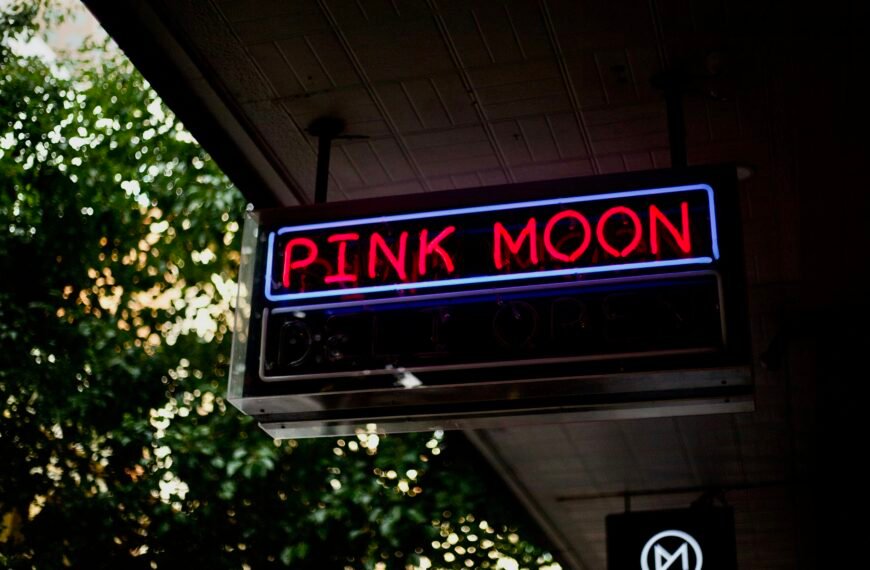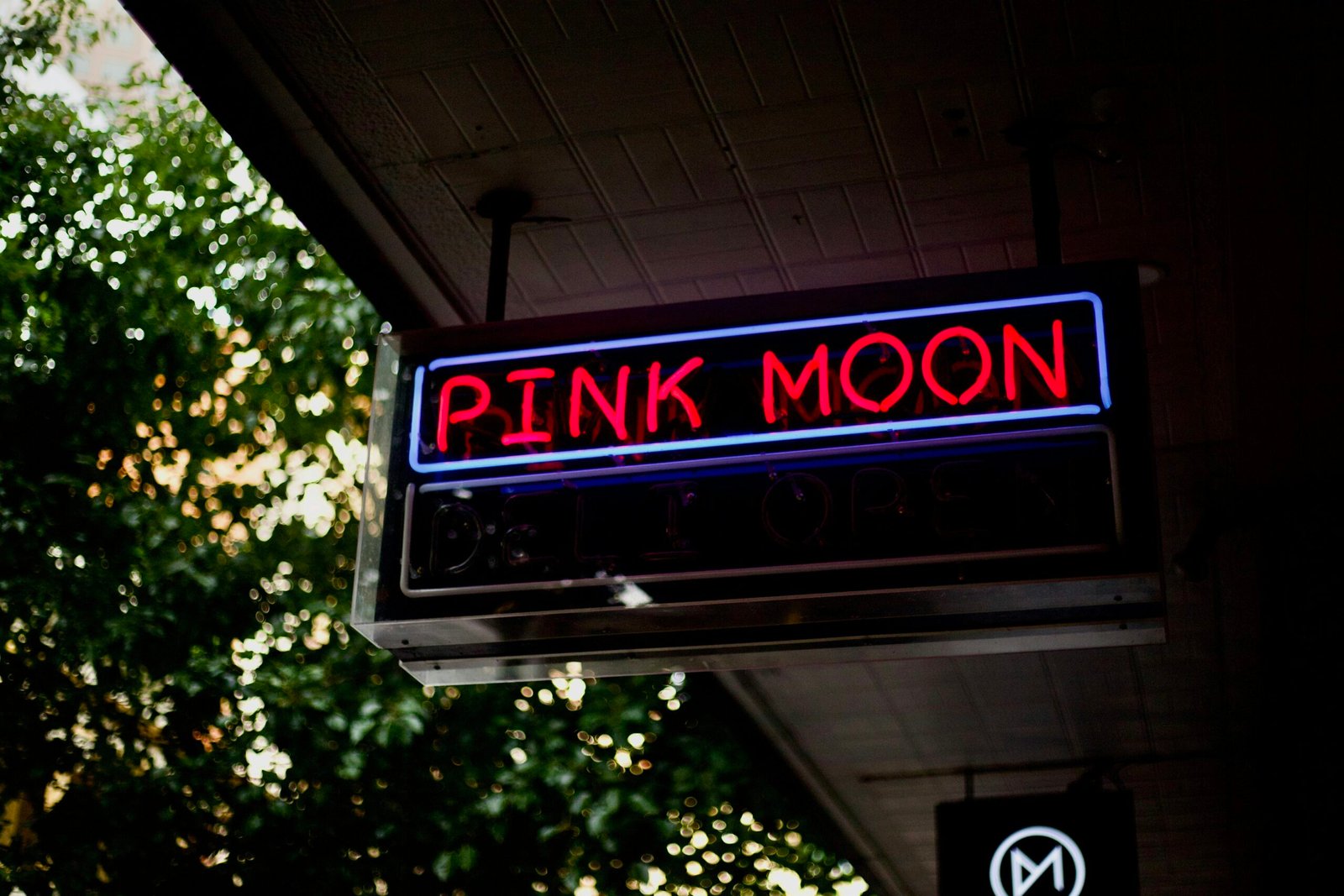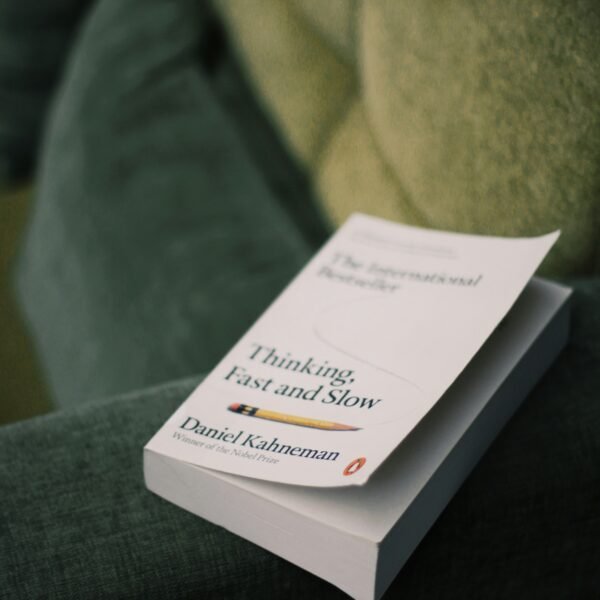Imagine a place where disability artwork is not only recognized but integrated into the canon of modernist art history. At the San Francisco Museum of Modern Art’s exhibition, “Creative Growth: The House That Art Built,” this is exactly what is happening. Celebrating its 50th anniversary, Creative Growth, a renowned studio in Oakland, has collaborated with SFMOMA to showcase over 100 artworks created by disabled artists. This groundbreaking partnership not only highlights the talent and creativity of these artists but also challenges traditional notions of what constitutes art. By embracing disability artwork, SFMOMA is making history and paving the way for greater inclusivity in the art world.
Background of Creative Growth
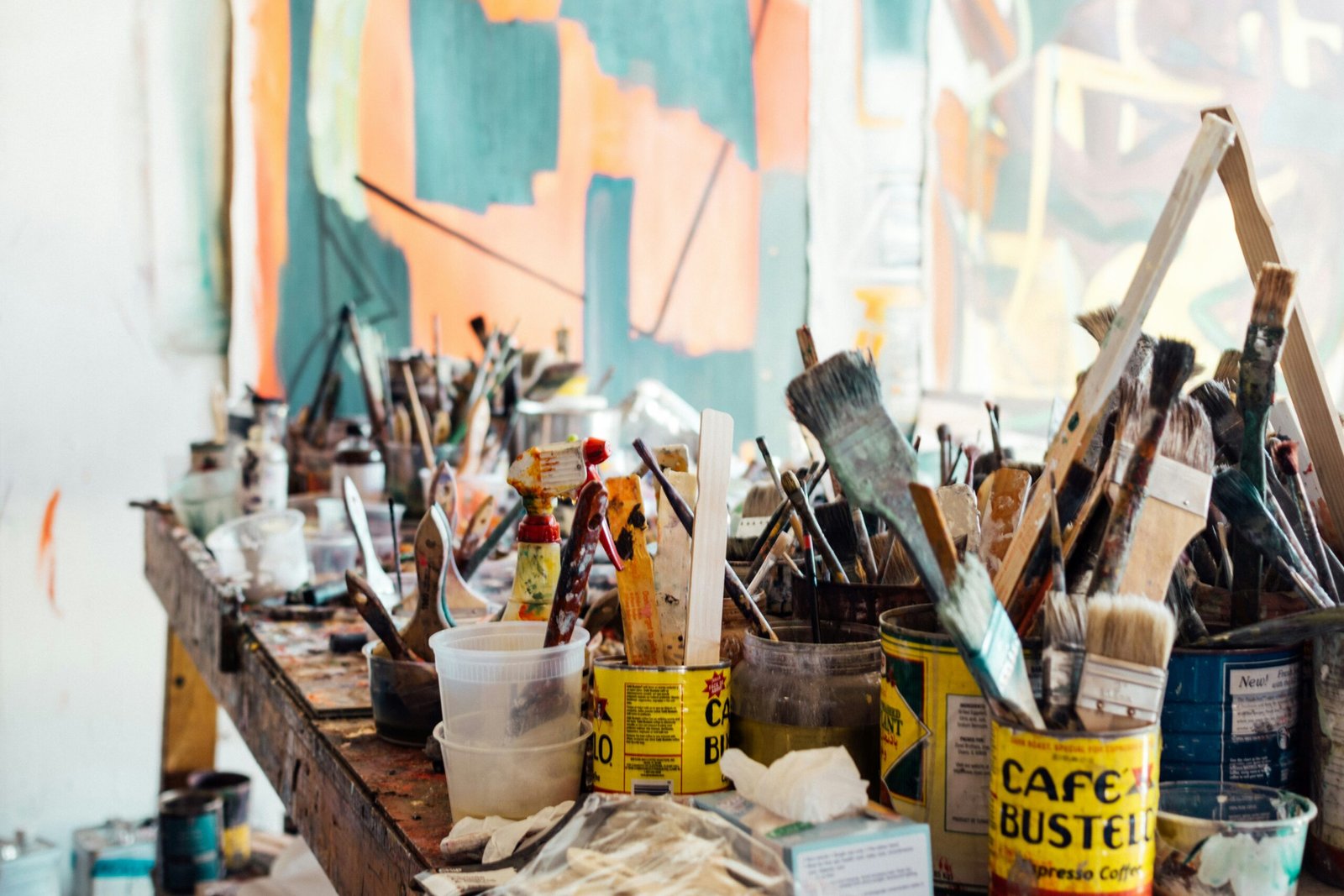
Founding of Creative Growth
Creative Growth was founded in 1974 by Florence Ludins-Katz and Elias Katz as an art studio for adults with developmental disabilities. At the time, many people with disabilities were being deinstitutionalized in California without much provision for their integration into society. The founders believed that art-making could not only bring personal fulfillment to disabled individuals but also help them be valued members of society.
Mission and Philosophy
The mission of Creative Growth is to provide a professional studio environment for artists with disabilities to develop their artistic abilities. They believe in the power of art to transform lives and challenge society’s perceptions of disability. The organization is committed to supporting the individuality and expression of each artist and fostering an inclusive and empowering community.
Integration of Disabled Artists into Society
Creative Growth has been instrumental in integrating disabled artists into society. They provide artists with opportunities to exhibit and sell their artwork, allowing them to be recognized as professional artists. By showcasing their talent and creativity, Creative Growth has helped break down barriers and promote inclusivity in the art world and beyond.
Exhibition at SFMOMA
Title: The House That Art Built
The exhibition at SFMOMA is titled “Creative Growth: The House That Art Built.” This title represents the idea that Creative Growth has created a home and supportive environment where artists can develop their skills and make meaningful contributions to the art world.
Description of the Exhibition
The exhibition showcases over 100 artworks acquired by SFMOMA from Creative Growth, making it the largest purchase by any American museum of disabled artists’ work. The artworks on display reflect the diverse styles and talents of the Creative Growth artists. Visitors to the exhibition can experience a range of mediums such as painting, sculpture, and mixed media. The exhibition highlights the unique perspectives and voices of disabled artists.
Acquisition of Creative Growth Artworks
SFMOMA’s acquisition of Creative Growth artworks demonstrates their commitment to inclusivity and representation. By acquiring these works, the museum acknowledges the artistic value and significance of disabled artists. The acquisition also provides financial support and recognition to the artists, furthering their integration into the art world.
Significance of SFMOMA Partnership
The partnership between SFMOMA and Creative Growth is significant for several reasons. First, it showcases the growing recognition and acceptance of disability art within mainstream institutions. Second, it promotes collaboration and dialogue between disabled and non-disabled artists. Finally, it creates an opportunity for disabled artists to contribute to and shape the narrative of modernist art history.
The Rise of Disability Art
Historical Placement of Disability Art
Disability art has historically been marginalized and categorized as “Outsider Art” or folk art. It was often excluded from mainstream exhibitions and collections. However, in recent years, there has been a shift towards recognizing the artistic value and cultural significance of disability art.
Inclusion in Mainstream Exhibitions
There has been a growing movement to include disability art in mainstream exhibitions and shows. Art institutions, such as the Museum of Modern Art and the Brooklyn Museum, have started acquiring and displaying works by disabled artists. This inclusion challenges traditional ideas of what constitutes “fine art” and expands the definition of artistic expression.
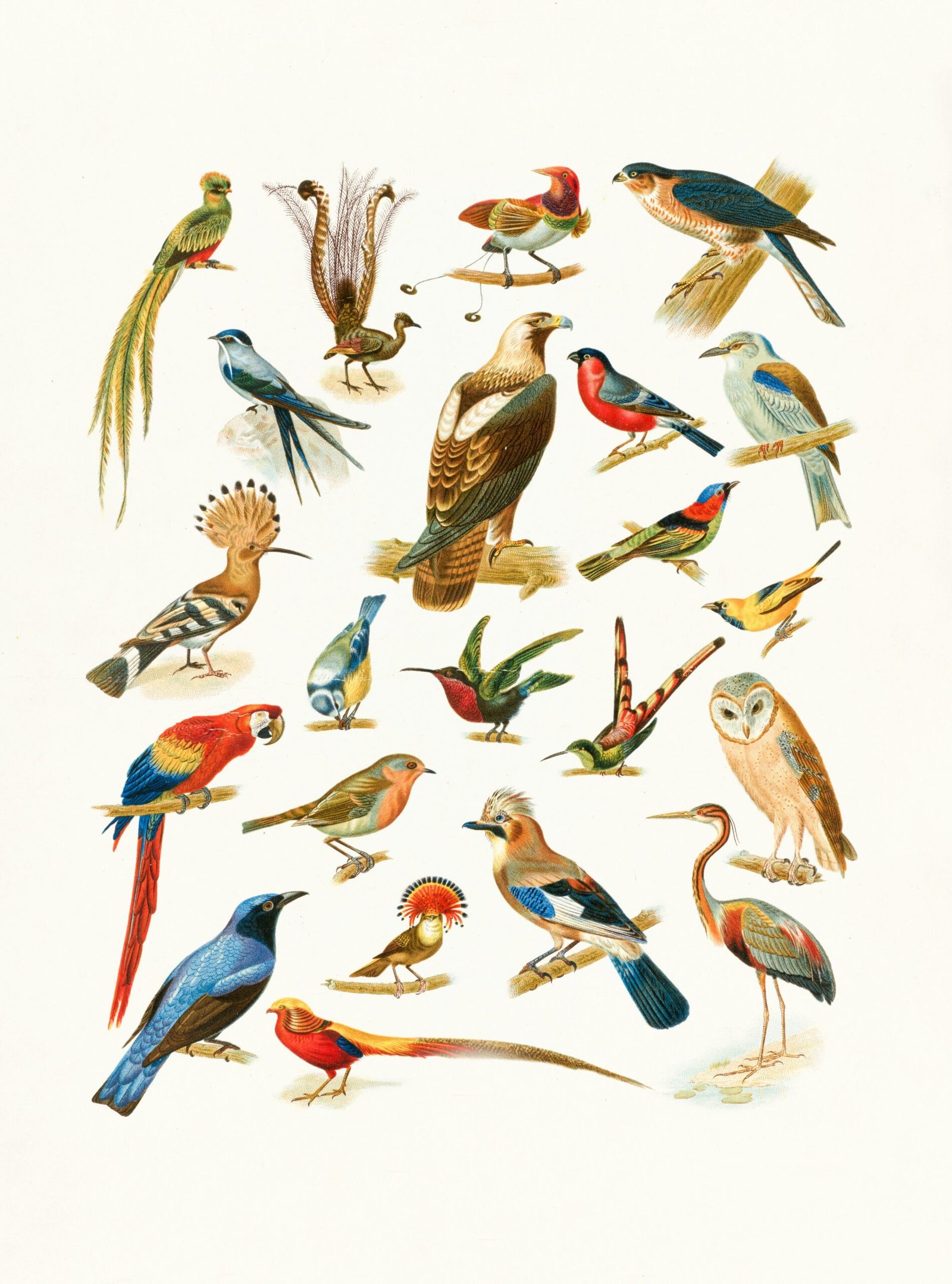
Limited Exhibition Opportunities
Despite the increasing recognition of disability art, there are still limited exhibition opportunities for disabled artists. Many disabled artists continue to face barriers in accessing mainstream galleries and museums. The limited opportunities can hinder their visibility and accessibility to a wider audience.
Impact on Modernist Art History
Introduction of Disability Art into Canon
By including disability art in its collection displays, SFMOMA is actively working to introduce disability art into the canon of modernist art history. This inclusion challenges the traditional narrative of art history and incorporates diverse perspectives and experiences.
Recognition of Developmentally Disabled Artists
The inclusion of Creative Growth artworks in museum collections recognizes the talent and artistic achievements of developmentally disabled artists. It acknowledges their contributions to the art world and serves as an affirmation of their skills and abilities.
Representation in Museum Collections
Having disability art represented in museum collections provides broader visibility and access to disabled artists’ works. It allows visitors to engage with and appreciate the unique aesthetics and perspectives that disability art offers. The presence of disability art in museum collections also encourages further research and scholarship in this field.
Importance of Disability Artwork
Expression of Disabled Artists
Disability artwork provides a platform for disabled artists to express themselves, share their experiences, and communicate their perspectives on the world. Art becomes a powerful tool for self-advocacy and personal empowerment.
Challenging Stereotypes and Stigma
Disability artwork challenges prevailing stereotypes and stigma surrounding disability. It offers a counter-narrative that highlights the creativity, talent, and resilience of disabled individuals. Through their art, disabled artists challenge societal norms and preconceived notions about disability.
Promoting Inclusion and Empowerment
By showcasing disability artwork, society can promote inclusivity and empower disabled individuals. Art can create a space for dialogue, understanding, and acceptance. It allows for a more inclusive and diverse representation in the art world and encourages the recognition of disabled artists’ contributions.
Creative Growth’s Contributions
Artistic Achievements of Creative Growth
Over the past 50 years, Creative Growth has cultivated a community of talented artists with disabilities. The organization has supported artists in developing their artistic skills and pursuing their creative visions. Many Creative Growth artists have received critical acclaim, exhibited their works internationally, and sold their art to private collectors and museums.
Collaboration with Sister Organizations
Creative Growth has collaborated with sister organizations, such as Creativity Explored in San Francisco and NIAD in Richmond. These collaborations have created opportunities for artists to connect, learn from each other, and showcase their artworks collectively, strengthening the overall impact of disability art in society.
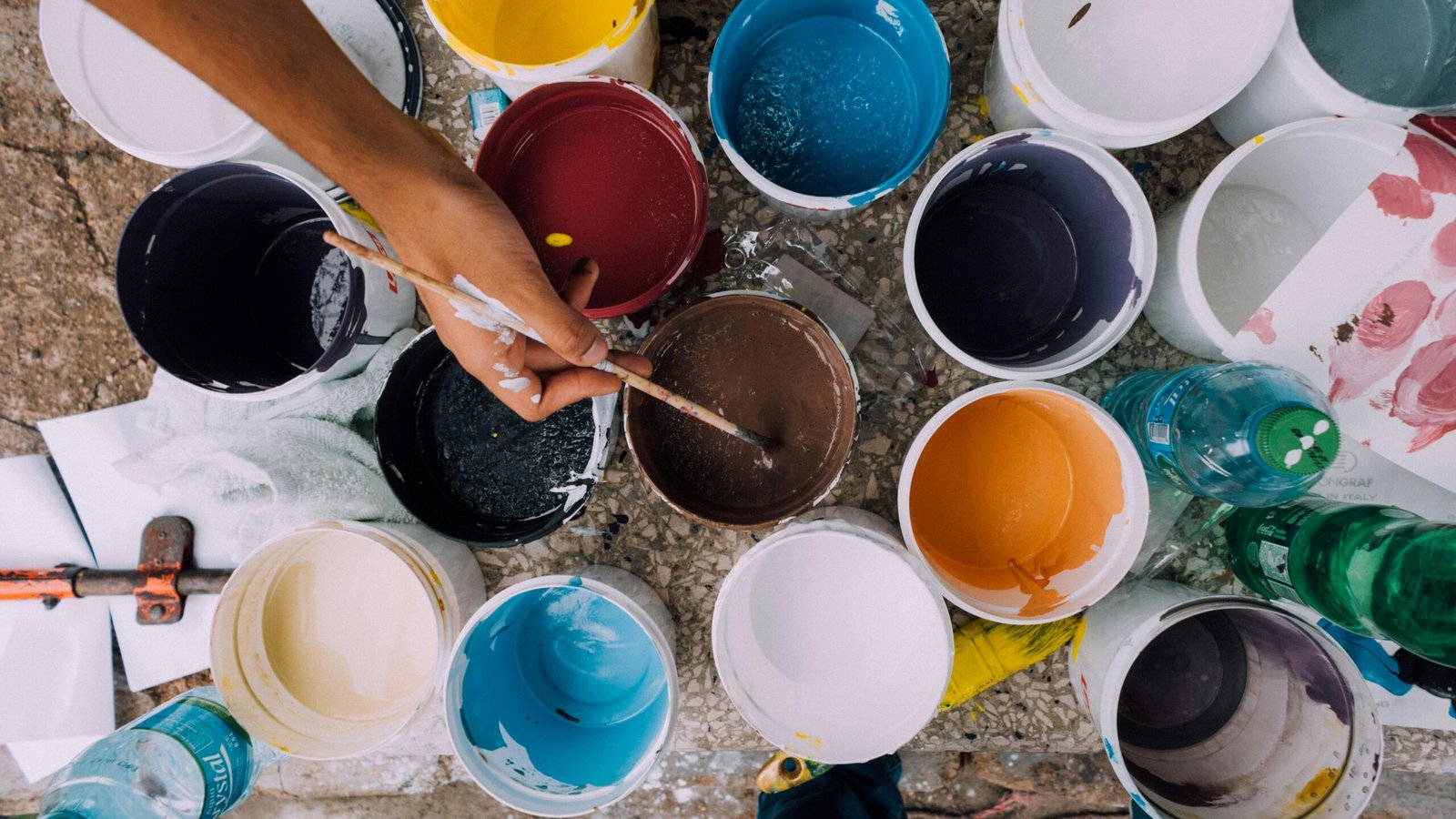
Paving the Way for Disability Art
Through its pioneering work, Creative Growth has paved the way for disability art to emerge as a recognized genre within the art world. The organization’s commitment to supporting disabled artists and promoting their work has inspired other institutions and artists to engage with disability art and foster greater inclusivity.
Artists and Artworks in SFMOMA Exhibition
Featured Artists
The SFMOMA exhibition features artworks by a diverse group of Creative Growth artists. Each artist brings a unique perspective and artistic style to their work. Their artworks reflect their personal experiences, imaginations, and artistic visions.
Diversity of Artistic Styles
The exhibition showcases a wide range of artistic styles, including abstract, figurative, and mixed media. The artists at Creative Growth experiment with various mediums, techniques, and subject matters to develop their own artistic language and signature style.
Highlights of Artwork
The exhibition highlights the exceptional talent and creativity of the Creative Growth artists. Visitors can expect to see captivating paintings, intricate sculptures, thought-provoking installations, and innovative mixed media works. The artworks invite viewers to explore the rich imaginative worlds and emotional landscapes created by disabled artists.
Reception and Impact
Public Reception of the Exhibition
The exhibition at SFMOMA has received positive reception from both the general public and the art community. Visitors have been impressed by the talent and creativity of the disabled artists showcased. The exhibition has sparked conversations about the importance of inclusivity in the art world and the need for greater representation of disabled artists.
Critical Response to Disability Art
Critical response to disability art has been mixed, with some critics praising the unique perspectives and authenticity of disabled artists, while others question the artistic merit and value of their work. However, the increasing presence of disability art in mainstream institutions like SFMOMA signals a positive shift towards recognizing the artistic contributions of disabled artists.
Long-Term Impact on Art World
The exhibition at SFMOMA and the recognition of disability art within the art world have the potential to create lasting change. It opens doors for disabled artists to gain greater visibility, access to opportunities, and financial support. The long-term impact is a more diverse, inclusive, and representative art world.
Future Plans and Collaborations
Expanding Disability Art Representation
Moving forward, there needs to be a continued effort to expand disability art representation in mainstream institutions and exhibitions. This includes collaborating with more museums, galleries, and curators who are committed to promoting inclusivity and diversity in the art world.
Promoting Accessibility in Art Institutions
Art institutions should strive to make their spaces and programs more accessible to disabled artists and audiences. This includes providing accommodations for artists with disabilities, such as wheelchair accessibility and sensory-friendly environments. Making art accessible to everyone ensures equal opportunities for participation and engagement.
Creating Sustainable Models
To ensure the continued growth and success of disability art, sustainable models need to be created. This includes providing ongoing support, resources, and funding to disability art organizations like Creative Growth. Collaboration between organizations and the development of educational programs can also contribute to the sustainability of disability art.
Conclusion
Celebrating Achievements of Disability Artists
The exhibition at SFMOMA and the rise of disability art celebrate the achievements of disabled artists and their valuable contributions to the art world. These artists challenge traditional notions of art, express their unique perspectives, and inspire others through their creative expressions.
Continuing Efforts for Inclusion
While progress has been made in the recognition of disability art, there is still work to be done. Continued efforts are needed to ensure that disability art is fully integrated into the mainstream art world and that disabled artists have equal opportunities for success and recognition.
Impact on Art and Society
The impact of disability art extends beyond the art world. It challenges stereotypes, promotes inclusivity, and encourages dialogue about disability and society. Disability art has the power to reshape perceptions, break down barriers, and foster a more inclusive and accepting society.

